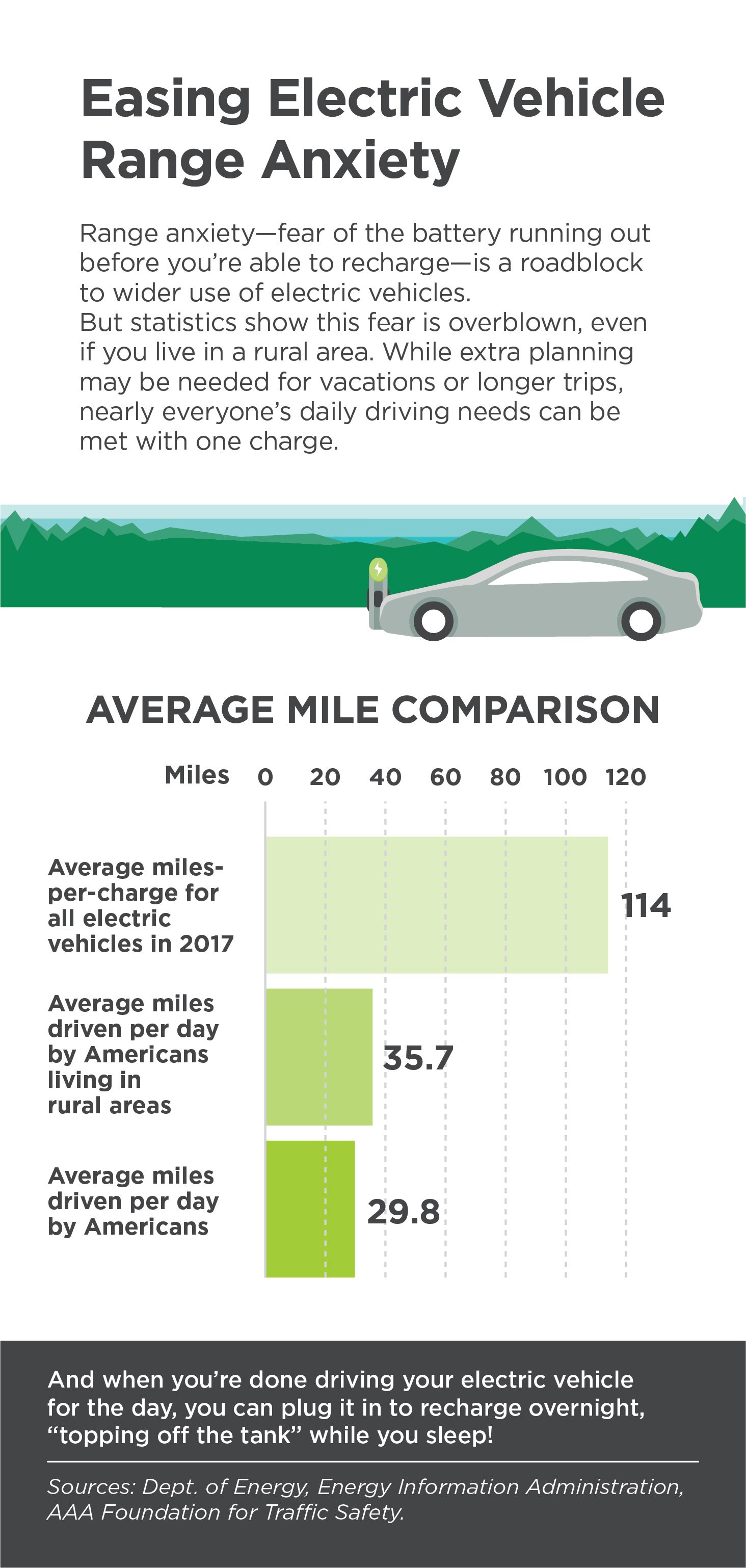Please call 1-800-794-1989 or use the SmartHub mobile app. To talk to a person, press zero.
Image

Electric cooperatives nationwide are committed to providing affordable and reliable energy.
As a trusted local energy provider, electric co-ops guide and assist member owners, local businesses, and government agencies in preparing for the rise of electric vehicles (EVs). FreeState emphasizes the importance of planning to ensure the necessary electric infrastructure is in place to meet future EV charging demands without compromising affordability and reliability.
EV FAQ
Have you recently purchased an electric vehicle?
Tell us about it using the blue "Register your Ride" button link and we'll send you a free box of SWAG!
(FreeState members only-one promo per EV)
Image


